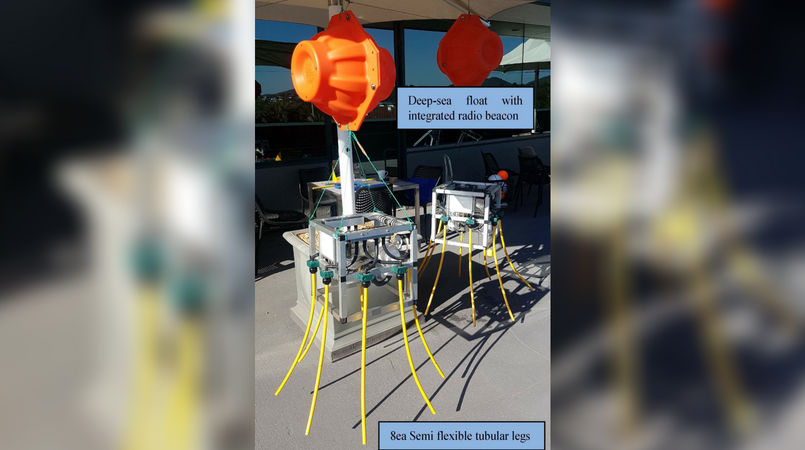
Nautilus Minerals has announced that it has successfully completed the first trial of its newly developed autonomous sediment sampler.
Dubbed the “Nautilus Jumping Spider”, the autonomous sediment sampler has been developed to allow the exploration team to significantly increase sediment collection efficiencies from the seafloor while decreasing costs, potentially by an order of magnitude.
The company plans to test its extensive land positions in both PNG and Tonga, totalling an area larger than the land area of the United Kingdom, in the later part of 2018 (subject to financing).
In a statement, Nautilus CEO, Mike Johnston, said: “The innovation of the exploration team in developing this simple yet very user friendly sediment sampler must be commended.
“Over the years, Nautilus and its technology partners have developed a number of low cost tools to assist with its exploration and development efforts (ROV drills, self-potential and electromagnetic subsea geophysical systems, and various water column and seafloor geochemical sampling systems).
“Development of the new autonomous sampling tools continues to demonstrate the company’s commitment to industry leading innovation. Along with other exploration techniques, including seabed drilling, the team is looking to build a pipeline of projects and resources to feed our mobile mining system currently under construction.”
Nautilus has previously demonstrated the effectiveness of low cost grid sediment sampling in the highly sedimented East Manus Basin (Papua New Guinea). The challenge was to extend this technique to rocky low sedimented areas, with a further reduction in cost to allow for even more extensive sampling programs. This now appears possible with the development of the “Nautilus Jumping Spider”.
This first generation autonomous sampler has been exclusively developed by Nautilus (figure 1). It is both lightweight and low cost in design. The sampler is designed to land on rough terrains, with a high degree of sampling efficiency.
